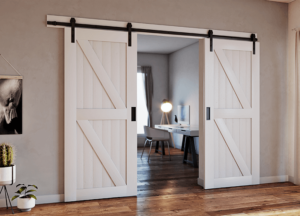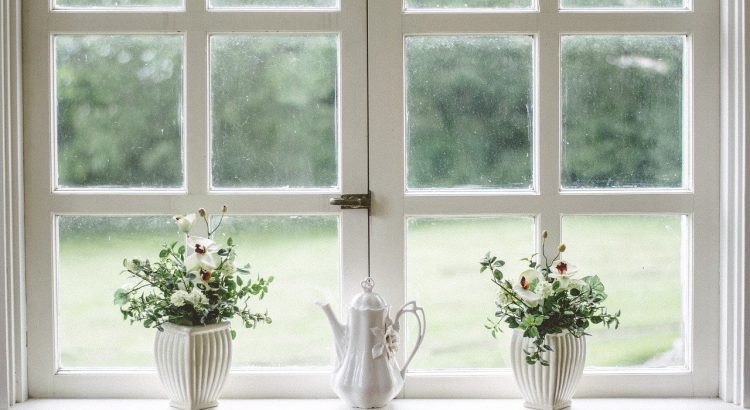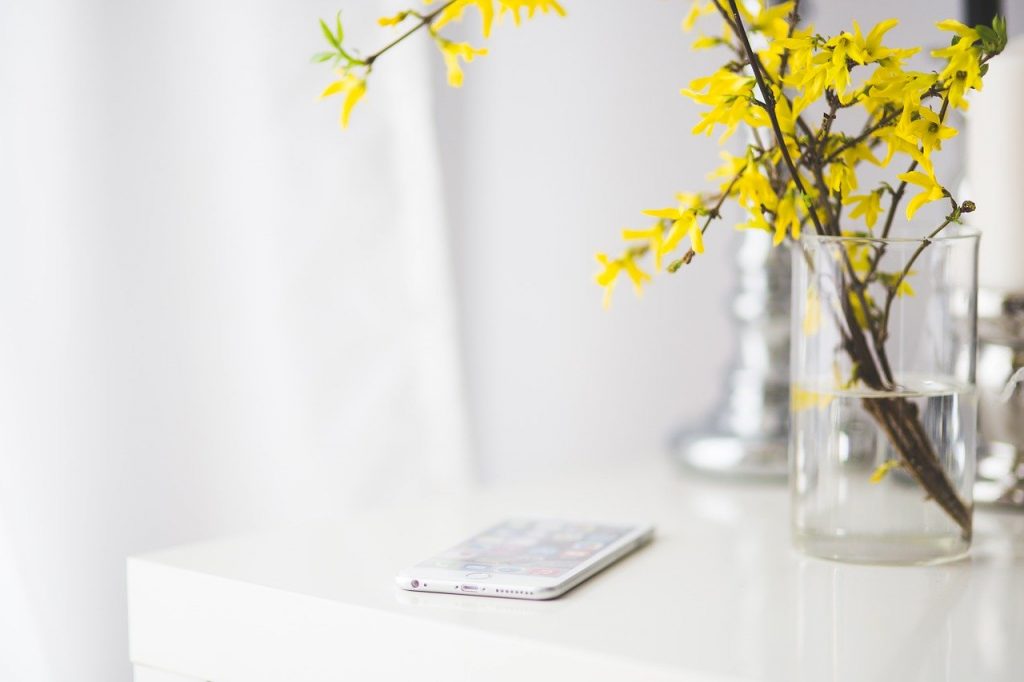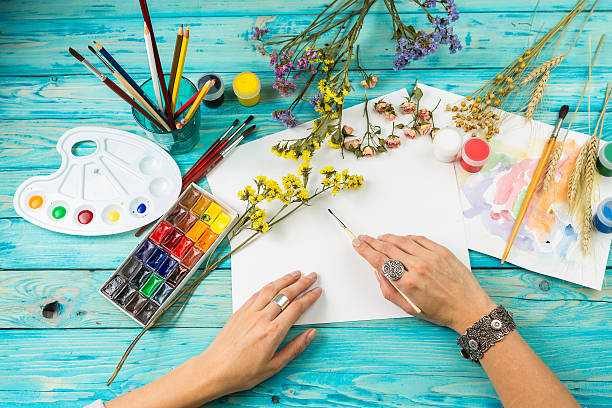Maximising space is often a top priority in modern architecture and interior design. Double sliding doors, also known as custom sliding doors, have emerged as a popular solution for achieving this goal while adding style and functionality to residential and commercial spaces. In this exploration, we delve into the numerous benefits of double sliding doors and their versatility in optimising space.
1. Space Efficiency:
Double sliding doors are renowned for their ability to maximise space utilisation. When it comes to opening and shutting, double sliding doors glide effortlessly along a track, negating the need for floor space to accommodate door swings, in contrast to typical swinging doors. This makes them an ideal choice for rooms with limited space or irregular layouts, where every square inch matters.
2. Seamless Integration:
One of the key advantages of double sliding doors is their seamless integration into various design schemes. Whether used as interior doors, room dividers, or closet doors, custom sliding doors can be tailored to complement the aesthetic of any space. They come in a wide range of materials, finishes, and styles, allowing for customization to suit individual preferences and architectural styles.
3. Natural Light Enhancement:
Double sliding doors offer an excellent way to enhance natural light penetration in interior spaces. Their expansive glass panels allow daylight to filter through, brightening rooms and creating a sense of openness and connectivity with the outdoors. This is particularly beneficial in areas where access to natural light is limited, such as basements or rooms with small windows.
4. Visual Continuity:
Double sliding doors contribute to visual continuity and flow within a space by eliminating the visual interruption of traditional swinging doors. They create seamless transitions between rooms, allowing unobstructed views and enhanced openness. This can make small spaces feel more extensive and more cohesive while also improving the overall aesthetic appeal of the interior.
5. Versatility in Design:
One of the most notable benefits of double sliding doors is their versatility in design and functionality. They can be used in various applications, from partitioning large open spaces to creating flexible living areas that can be easily reconfigured. For added privacy and style, custom sliding doors can also incorporate frosted or patterned glass, decorative panels, or integrated blinds.

6. Accessibility and Ease of Use:
A double sliding door is inherently user-friendly, offering smooth and effortless operation with minimal effort. This makes them a great option for people looking for a low-maintenance door solution or for people who have mobility issues. With options for motorised operation and remote control access, custom sliding doors can further enhance convenience and accessibility in residential and commercial settings.
7. Sound Insulation:
In addition to their space-saving benefits, double sliding doors can provide improved sound insulation compared to traditional swinging doors. The tight seals and large glass panels of sliding doors help to reduce noise transmission between rooms, creating quieter and more comfortable living and working environments. This is particularly advantageous in shared spaces or areas where noise control is a priority.
8. Enhanced Privacy:
Contrary to the misconception that sliding doors compromise privacy, double sliding doors can offer enhanced privacy when equipped with the appropriate features. Options such as frosted or obscure glass, integrated blinds, or sliding panels provide customizable levels of privacy without sacrificing natural light or visual connectivity.
9. Energy Efficiency:
Another benefit of double sliding doors is their potential to improve building energy efficiency. High-quality, insulated glass panels and tight seals help to minimise heat loss and air infiltration, reducing heating and cooling costs and enhancing indoor comfort. This can lead to significant energy savings, making sliding doors a sustainable choice for environmentally conscious homeowners and businesses.
10. Outdoor Connection:
For spaces that open onto outdoor areas such as patios, decks, or gardens, double sliding doors offer a seamless connection between indoor and outdoor living spaces. They create a wide opening that blurs the boundaries between the interior and exterior, allowing for easy access and encouraging indoor-outdoor flow. This enhances the overall livability of the space and creates a welcoming environment for entertaining and relaxation.
Double sliding doors offer many benefits for maximising space and enhancing residential and commercial spaces’ functionality, aesthetics, and comfort. From their space-saving design and seamless integration to their versatility in customization and energy efficiency, custom sliding doors are a versatile and practical solution for modern living. Whether used as interior doors, room dividers, or patio doors, double sliding doors are an excellent choice for those seeking to optimise space while adding style and functionality to their environment.









